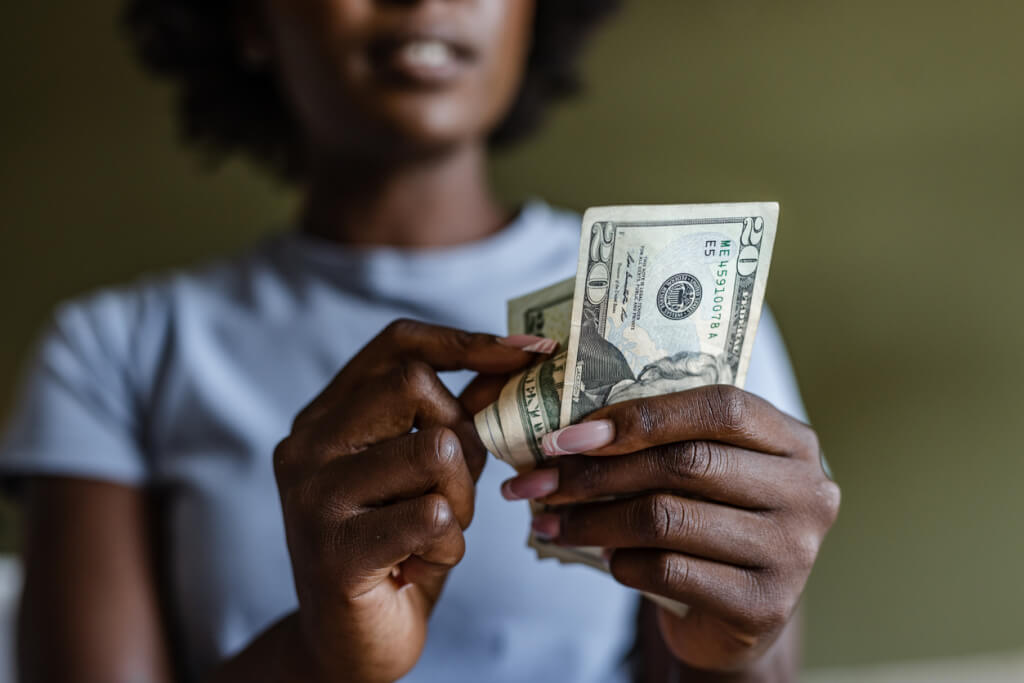The authorities of New York wanted to punish non-payers, but ruined the lives of all passengers and slowed down buses
'28.05.2022'
Olga Derkach
The New York City Department of Transportation (MTA) is deliberately not introducing entry through all doors on buses to punish passengers for fare evasion. The edition told in more detail Vice.
Every New York bus has at least two doors, one in the front and one in the back. Longer articulated buses also have a center door that functions as a second rear door. Passengers board at the front, where they pay their fare, and exit usually through the back door. This is how buses worked for decades. And that made some sense in the days of physical fare systems like coins, tokens, or the MetroCard.
But today it is an imperfect system that only slows down the movement of urban transport. If more than one person boards the bus, there must be a queue to pay the fare. The back door is not used while people are waiting ahead to board the bus. It is also a system that encourages people not to pay fares as it is faster and easier for some passengers to enter through the back door. And the only mechanism for controlling the passage is the bus driver, who cannot act as a controller.
Fortunately, there is a solution to this problem provided by modern one-touch fare payment methods: install payment readers at all doors or elsewhere on the bus, as is done in many countries. If fare evasion is of concern to the authorities, inspectors should be hired to randomly check passengers. If fare evasion is as big a problem as the transport department believes, the controllers will at least pay for themselves. This is how tolls work in transport systems around the world.
On the subject: New Yorkers have simplified access to discounted subway and bus passes: what you need to know
But the New York City transit system, run by the MTA, is behaving strangely. It took time and money to make the hardest and most expensive part of this improved system, basically installing payment readers on all the doors of every bus. But now the MTA refuses to turn on the ones on the rear doors.
The MTA does this because it fears fare evasion.
The MTA was supposed to test 10 local routes for boarding through all doors, but this never happened. In addition, boarding through all doors has been shown to reduce toll evasion and also make bus rides faster and therefore better.
Recently, eight local politicians sent a letter to MTA Chairman and CEO Janno Lieber expressing their "concern" that the MTA is still not allowing boarding through all doors.
“All-door boarding has proven to be an effective tool to reduce downtime at bus stops and should be a strategy to use to speed up our buses, improve timeliness and speed up passenger traffic across the board,” the letter says.
Politicians noted in it that the main cause of the problem is the high level of fare evasion.
“We appreciate that council members and the district president understand our concerns about fare evasion. Currently, one in three bus passengers is trying to ride for free, MTA spokesman Michael Cortez said. “We look forward to working with them on effective measures that will increase the speed of buses.”
Fare evasion has been a problem for the MTA for several decades. But in this case, the solution to the problem of fare evasion is exactly what the New York City Department of Transportation does not do.
On the subject: What you can get fined for on New York City buses and subways
Boarding through all doors is already in New York, although there are only 20 Select Bus Service routes. According to the MTA's own metrics, these routes have lower fare evasion rates than others.
The MTA's own 2018 study on fare evasion concluded that the alleged spike in fare evasion had nothing to do with backdoor boarding.
The fare zone in buses is only at the front door. Persons who can enter through the back door when it is open do not have direct access to fares, and this has been observed to make fares less likely to be paid. This makes sense: more people will pay tolls if they can physically pay for them.
The MTA says all-door boarding will be implemented on all buses once the full rollout of OMNY, a new fare system that will cover all fare types and payment options, has been completed.
But there's no reason to wait. Just look at the subway, where OMNY readers are installed at every turnstile. Anyone who doesn't have the option to apply OMNY can still use the MetroCard, as they have for decades. Likewise, anyone who still uses the MetroCard can still sit at the front of the bus.
Or look at commuter railroads run by the MTA. They operate on a "proof of payment" system with boarding through all doors.
In fact, commuter railroads are an illustration that fare evasion is nothing more than a social construct.
On the subject: 'The most comfortable ride of my life': luxury buses run from New York to Washington with motion sickness control
It is nearly impossible to evade commuter rail fares in any criminal sense. If the conductor passes and you haven't bought a ticket, you can simply purchase one from him or take out your phone and buy a ticket using a mobile application, which he then scans.
The MTA's senseless and controversial policy against boarding through all doors amounts to punishing drivers directly. The MTA fully admits that it can turn on the back door payment readers if it wants to, but is mad at the passengers so it won't do it.
“We can’t say for sure how all-door boarding will impact fare evasion, but we do know it will make it faster and easier to serve people,” said Ashley Price, manager at New York-based nonprofit TransitCenter. "Now that OMNY readers are installed on all buses, the MTA has the infrastructure to make travel more convenient."
In late April, the MTA announced the formation of a Blue Ribbon group to study the problem of fare evasion. The MTA announcement said the commission would "devise recommendations to reduce fare evasion."
As ForumDaily New York wrote earlier:
- Starting May 6, the MTA issued instructions to bus drivers do not automatically open the rear and center doors for customers, to try to prevent amateurs from riding "hare".







